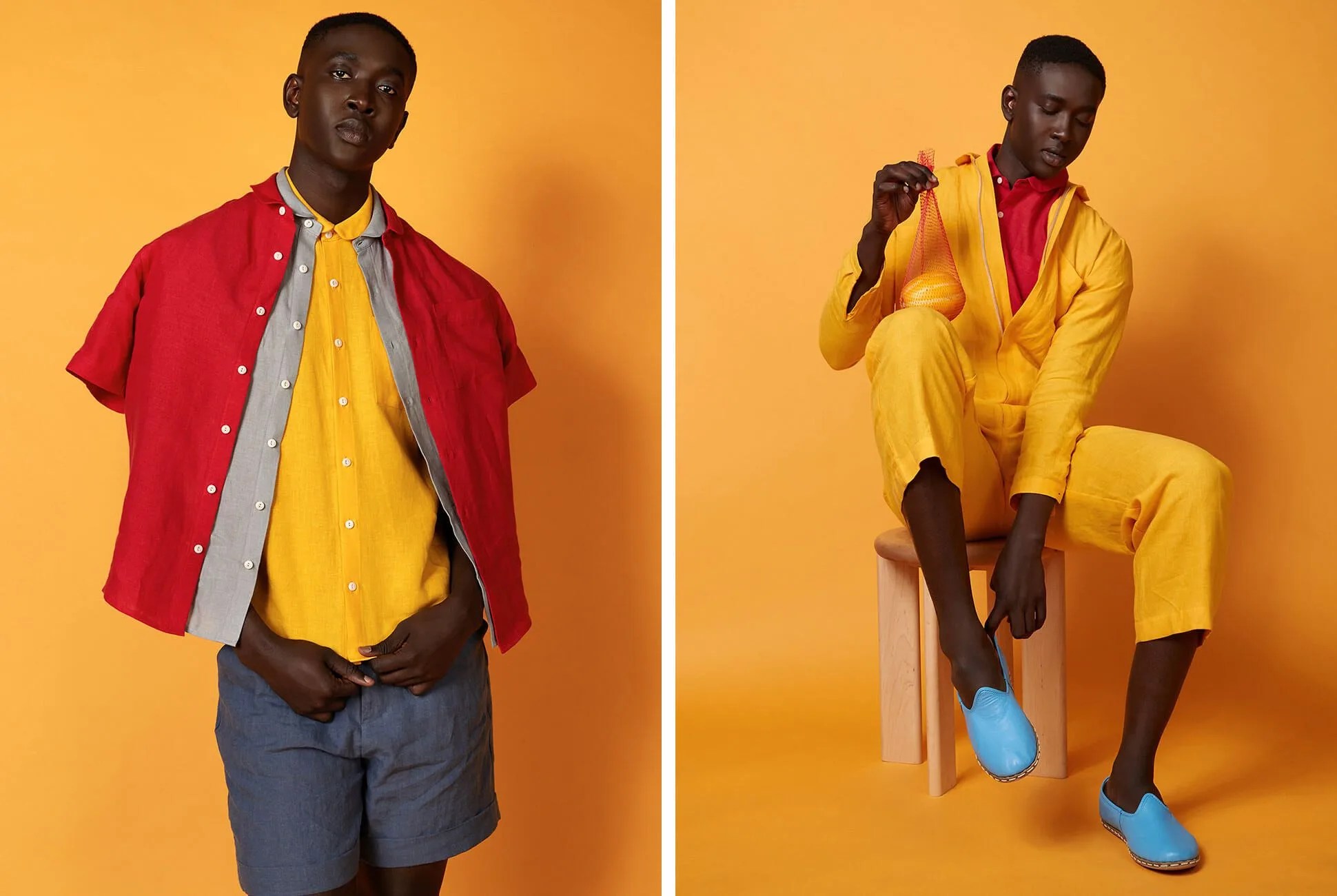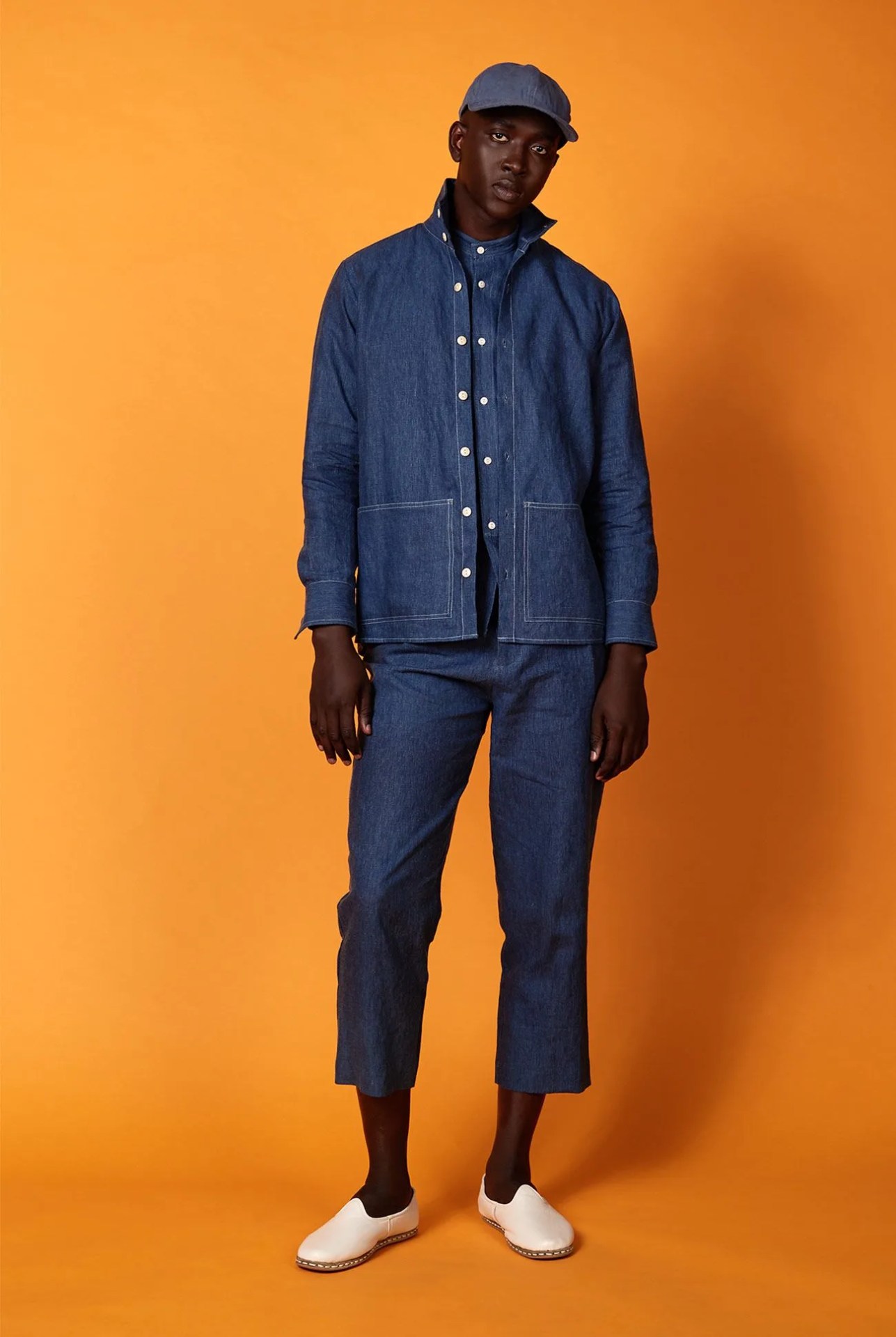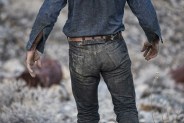In the world of fashion, an outside perspective is often needed to challenge conventional practices. A fresh outlook is just what Lilly Lampe and Alex Robins brought to their linen-focused brand Blluemade, which they founded in 2015. The husband-and-wife team were strongly entrenched in academia until just a few years ago, and didn’t initially plan on owning a clothing brand. But through their own explorations, the couple became engrossed with linen garments and decided to start their own company.
Based in Brooklyn, they source some of the best European linen available. The material they use is certified the Masters of Linen (meaning it’s produced entirely in Europe, from field to fabric) and meets OEKO-TEX’s 100 standard (denoting the fabric is made without environmentally harmful technology or chemicals, among other things). Blluemade makes garments for men and women that are immediately wearable and timeless, eschewing overt branding and trends. It’s fresh, exciting and luxurious — and far removed from the scratchy vacation-wear that many people envision when they think about the material.
To learn more about how the brand came to be and how an uncompromising focus on quality has served as a guide, we caught up with Lampe after she got back from a recent trip to Europe.
Q: What were you doing before starting Blluemade? What made you want to start the company?
A: Before we started Blluemade Alex earned his doctorate in Philosophy and was teaching philosophy full-time in Atlanta. I was teaching art history and working as a visiting art critic at area-universities and wrote art criticism, profiles, and features for national publications.
We fell in love with linen after years of backpacking and sweating through every summer. The older we got, the more professionalized our trips would become, and the more we needed clothing that wouldn’t be out of place in an art museum, studio visit, or exploring the streets of a city like Kuala Lumpur or Hong Kong in July. And we needed clothing that would dry quickly — we’d learned the hard way that cotton doesn’t dry overnight, and performance fabrics felt inappropriate to our personal styles and professional needs.
I started making clothes for myself for these trips; these early pieces would become the prototypes for our first collection, which was all women’s. Alex, on the other hand, was buying linen clothes in large chain stores, and while my fabrics got softer and stronger and performed exactly as I’d read linen would, Alex’s were itchy, uncomfortable, and increasingly ill-fitting after each wash. This discrepancy led us down a rabbit hole of linen quality variance, which is something we still continue to research and investigate.


